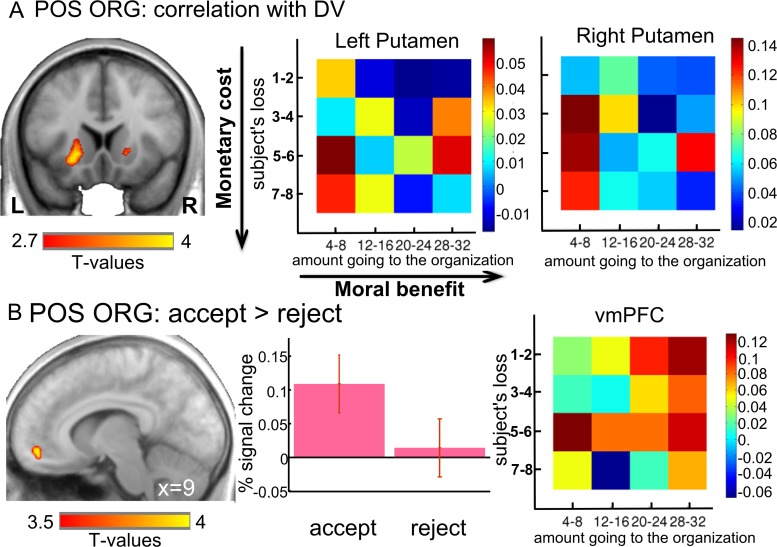Fig 4. In the positively valued organization condition, ventral putamen activity correlated with DV, and ventromedial PFC was engaged with prosocial choices.
(A) Activity in ventral putamen correlating with the DV in the POS ORG context. Heatmaps were created by averaging parameter estimates versus baseline within the ventral putamen clusters revealed by the DV correlation for the POS ORG for each cell of a 4 × 4 monetary cost versus moral benefit matrix (resulting from the collapsing of the original 8 × 8 matrix, see Methods). Color coding reflects strength of neural response for each condition, such that dark red represents the strongest activation and dark blue represents the lowest activation. (B) The vmPFC showed stronger activation when subjects chose the prosocial option (i.e., accept) than when they chose the selfish one (i.e., reject) in the POS ORG context. Plots of mean PSCs are shown for illustrative purpose. The color-coded heatmap was created by averaging parameter estimates versus baseline within the vmPFC cluster for each cell of the 4 × 4 monetary cost versus moral benefit matrix. See S1 Data. fMRI data corresponding to this figure can be found at the following URL: https://neurovault.org/collections/5028/. DV, decision value; fMRI, functional MRI; PCS, percent signal change; PFC, prefrontal cortex; POS ORG, positively valued organization; vmPFC, ventromedial prefrontal cortex.

